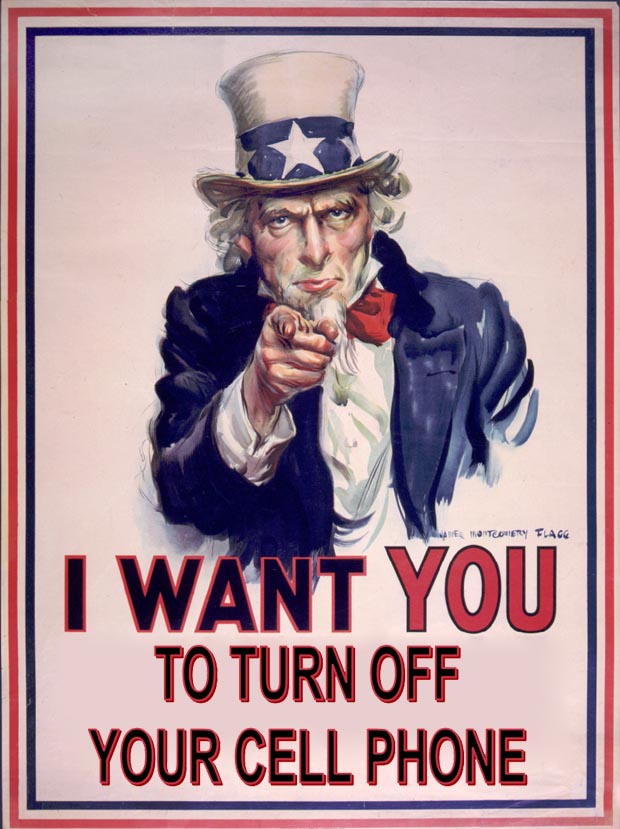
Big news over at SociologySounds.com! First we brought Jason Eastman on to the team as editor-in-chief, last week we added over 40 new songs to the database, and finally added a new statistical/methods category. Plus we have an all new set of sociologists rocking headphones.
If you’ve not yet seen the site, SociologySounds.com is the place educators can go to find music that illustrates sociological themes. With your help we already have over a hundred songs in the database and it’s growing by the day. Help keep it growing by submitting a song or tweeting about it. So much to talk about, but let’s start at the beginning.
Jason Eastman, Editor-in-Chief
I knew when I started SociologySounds.com that it was the right project, but that I was the wrong person for it. I love teaching, but a scholar of the sociology of music, I am not. That’s why I am thrilled to bring Jason on as the editor-in-chief of the project. Jason will bring his expertise from his research in the sociology of music to make sure that SociologySounds.com is the best resource for all sociology teachers. You can also expect your submissions to get posted much faster![1]
Jason is an assistant professor at Coastal Carolina University who studies the replication of inequalities through culture and identity. His dissertation research was on the ongoing Southern rock revival and he has written about masculinity in rock music among many other projects. You can find out all about Jason by reading his bio here. I think it’s safe to say SociologySounds.com is in much more qualified hands now.
We’ve Added Research Methods
Thanks to Sister Edith Bogue from the College of St. Scholastica for suggesting that we add a category for songs that illustrate research methods concepts. My favorite of her recommendations is the song “White Collar Holler” by Stan Rogers. It sounds like a coal miner’s blues song about a Xerox programmer from the a pre-Windows era.
She also sent me this gem from some UC Berkeley students:
Social Justice Top 40
Kimberly Harris Boyd from Piedmont Virginia Community College sent me a link to “The Social Justice Top 40” on the GlobalSolutions.org. It’s another great list of sociologically related songs. Thanks Kimberly for the great recommendation!
Sociology Rocks
Our sociologists wearing headphones crew has expanded by four new members. Check them out above and download them all here.
Thanks Again
In just 6 months SociologySounds.com has turned into a fantastic teaching resource because of all of your help. We have well over a hundred songs and I know we can break the 200 mark by the end of the year. If you’ve got a song in mind, please share it with us. And thanks again to everyone who helped make SociologySounds.com a success!
-
I am really sorry for the delays. There were many submissions that I was unable to post before last week. I believe all of your submissions have been uploaded, but if you don’t see yours please email me at Nathan@SociologySource.com ↩



